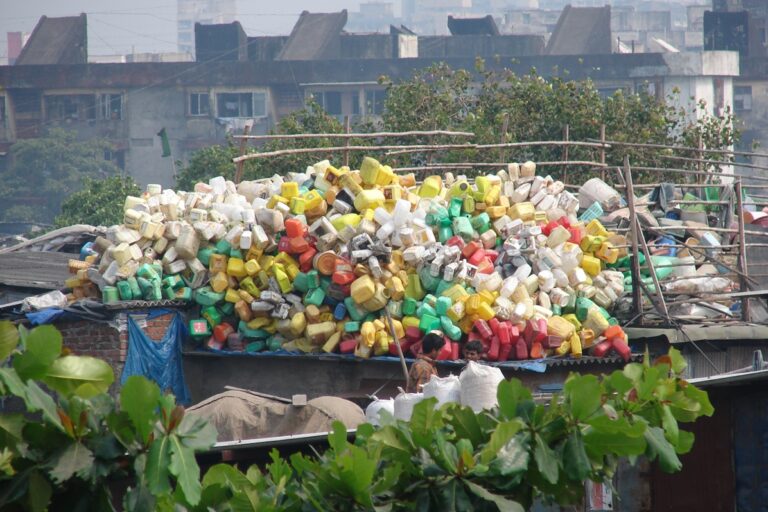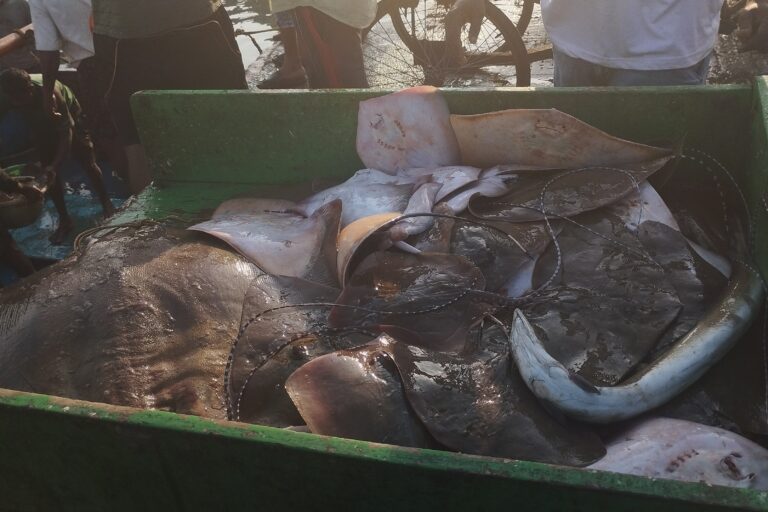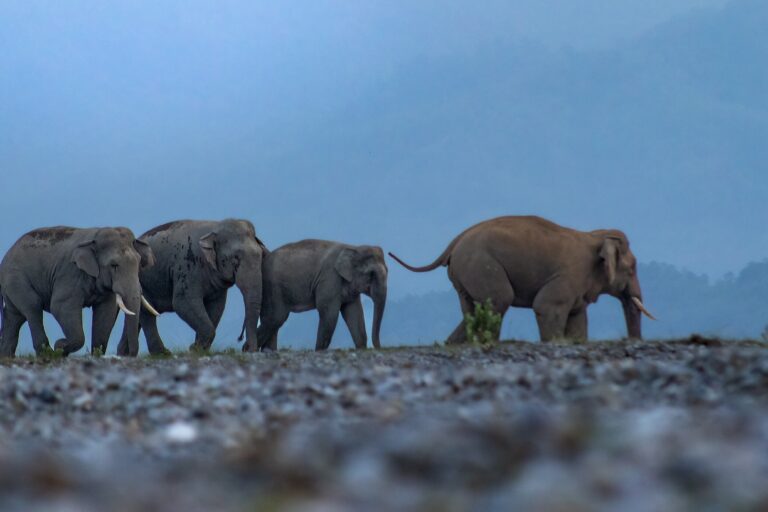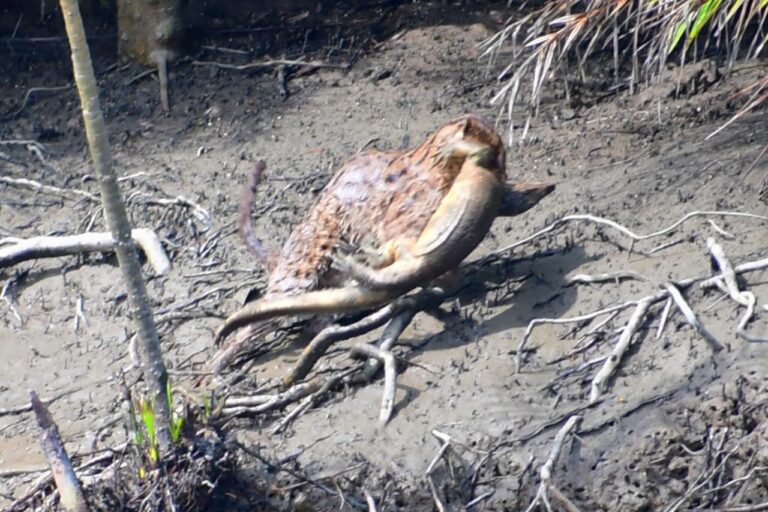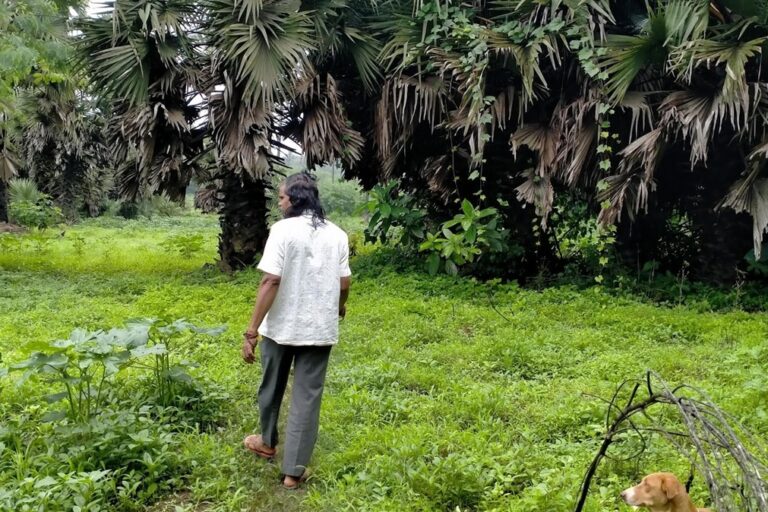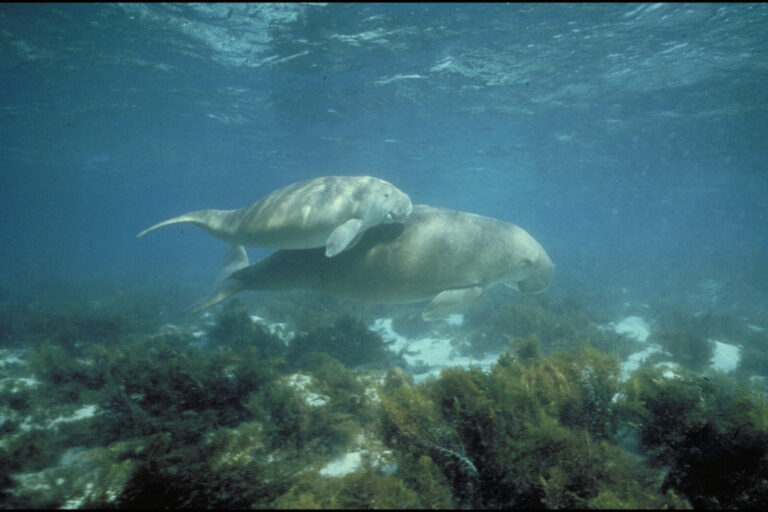- Entomophagy or eating insects is gradually gaining traction as insects are a sustainable source of protein and micronutrients.
- In comparison with livestock, insects have minimal resource requirements in terms of feed, land resources, and water. Additionally, the carbon footprint of insects is negligible compared to conventional livestock.
- There are 2141 varieties of edible insects around the world, but they are not considered a traded commodity in many countries, which needs to be addressed on a global scale as this has the potential to turn into a multimillion-dollar industry.
What is entomophagy?
Entomophagy is the practice of eating insects. Humans have harvested insects, as components of their food, for thousands of years. This practice was previously considered ‘ancient’ and ‘barbaric’, and there was a substantial aversion to including insects in food. But it is now gaining worldwide attention, as insects are proposed to be the future food of the planet. The Food and Agriculture Organization (FAO) of the United Nations (UN) has been making continuous efforts to popularise entomophagy as a healthy, sustainable, and environment-friendly practice for years. As a consequence, globally, this practice is getting a lot of attention and people are daring to try out insect dishes like never before.
As it happens, it is important to address some basic queries about entomophagy, such as the types of insects that are edible, where are they available, how are they supposed to be consumed, at which stage in their life are they fit to do so and if they can be commercially bred.
Why insects?
Studies have proven that insect protein is the best alternative to animal protein. But the question is why do we need such a switch?
As the human population is estimated to touch 9.8 billion by the 2050s, the current rate of food production has to be increased to feed the growing population. For that, an extension of agriculture has to be done. However, extending agriculture in order to produce more feed is not a practical solution due to limitations in land availability. To meet the protein requirements of the growing population, more livestock has to be reared. Feed requirements of livestock are so high that more and more feed sources have to be found out. Livestock is the major contributor to the anthropogenic emission of greenhouse gases, so extending production might prove costly to the environment. Putting all these together alternative sustainable protein sources needs to be urgently found. This is where insects come into play.

In comparison with livestock, insects have minimal resource requirements in terms of feed, land resources, and water. Apart from this, the carbon footprint of insects is negligible compared to conventional livestock. Insect meat is rich in micronutrients like iron, calcium, manganese, copper and several essential amino acids. It has a low amount of carbohydrates and fat. Insects release minimal greenhouse gases compared to livestock. Studies have shown that insects for animal feed can be even reared in organic side streams and kitchen waste, thus tackling the problem of organic waste management.
Even though there are many benefits of including insects into our diet, the aversion towards them still exists. In many countries, there is now a growing appreciation of insects as food and feed. In India too, efforts are being made to create awareness and popularise entomophagy.
When did we start eating insects?
In history, humans were initially omnivorous. During the course of evolution, after the complex interplay of culture and religion took place, the omnivorous diet got sorted into the different current modern diets. Humans are taught to think about food beyond the nutritional quality it possesses. Accordingly, some food items are considered modern and are well accepted and some are considered primitive and face a general rejection. As a result, until recently, entomophagy was not a very common practice in the modern world.
Yet, entomophagy is still practiced by ethnic tribes distributed in different parts of the world. They include the Australian aborigines, ethnic tribes of Africa, Latin America, and Southeast Asia. In India, several ethnic tribes of the northeast states like Nagaland practice entomophagy. Knowledge related to edible insects is purely traditional and is an asset of these ethnic communities, which has been inherited down through generations.
Are there enough insects for all of us to eat?
To know about edible insects, the modern world has to approach ethnic communities. Acknowledging their practices and implementing them will build a lot of bridges. But researchers fear that when that happens, these communities might start overharvesting these insect bio-resources from the wild, in order to cater to their increasing demand. This would bring into question the sustainability of the practice and would affect the insect biodiversity. To date, entomophagy is a highly sustainable practice, even though insects are collected from the wild. But to feed the increasing demand, the wild insect population would never be enough. So it is high time that necessary changes are made to ensure the continued sustainability of this practice.
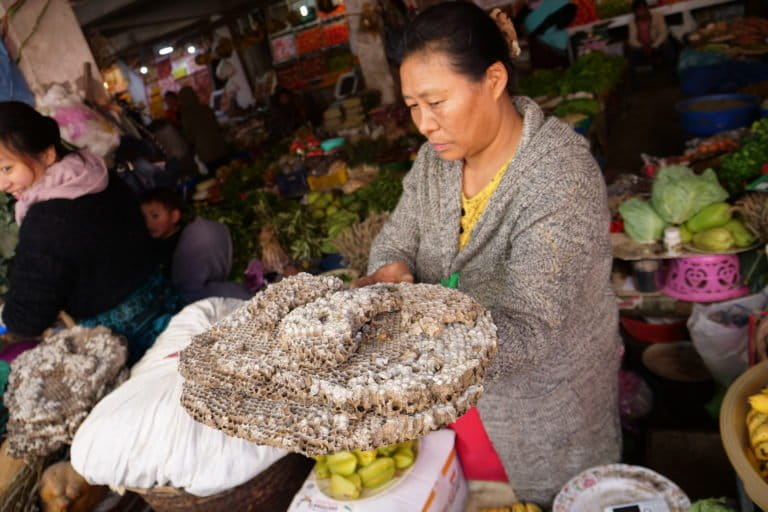
A viable solution to conserve insects and ensure sustainable entomophagy is insect farming. Insects can be a better replacement to conventional livestock as mini livestock or six-legged livestock. Insects are well suited for commercial rearing considering the ease of rearing, short life cycle, enormous fecundity, and minimal resource requirements. Insect farming is not just a solution to reduce the pressure on the wild insect population but also a sustainable solution to conserve insects and the environment along with catering to the protein requirements of the increasing human population.
Also, if given proper training, commercial farming of insects can be a livelihood opportunity for the ethnic communities who are the actual practitioners of entomophagy.
Read more: Cooking beetles: An island in Assam is eating its farm pest
Which insects can we eat?
Although there is growing interest in rearing insects, little is known about which insects can be reared on a bigger scale. Choosing the ideal insect species based on the optimal amount of nutrients, ease of rearing, short life cycle, enormous fecundity, minimal resource requirements etc. are crucial. To date, 2141 insects in the world are known to be edible. Of these, very few insects can be reared on a large scale. These include black soldier fly (Hermetia illucens), house cricket (Acheta domesticus), mealworms (Tenebrio molitor), red palm weevil (Rhynchophorus ferrugineus), lesser mealworms (Alphitobius diaperinus) etc.
Considering the growing consumer demand it’s just a matter of a few years in which insects could become the food of choice for people all over the world. Globally, insect farming is the current trend in the industrial sector. Insect farming enterprises will soon shift from small scale household operations to a multi-million dollar industry, providing both income and employment opportunities to people as well as healthy and nutritious food to consumers.
However, laws in most of the countries does not recognise insects as a normally traded commodity, which is the main hurdle for commercial insect farming enterprises. Such policy issues have to be worked out on a global scale to promote insect farming enterprises for a sustainable environment and a healthy future.
Future of insects
Even though the current focus is on insects as food and feed, in the near future insect bioprospecting could take over the whole scenario. Insect based products, from canned food to antibiotics will also emerge. Ross Piper, a British entomologist opines that the minuscule world of insects has solutions for everything. Just like how we isolate compounds from reptiles to make useful medicines (for example, exenatide from the saliva of Gila monster to treat diabetes mellitus type 2), insects especially the social ones are a storehouse of such useful chemicals. The chemical defences that colonial insects have evolved to survive have to be studied thoroughly and tapped so as to put to use in modern medicine.
CITATION:
Hanboonsong, Y., Jamjanya, T., & Durst, P. B. (2013). Six-legged livestock: edible insect farming, collection and marketing in Thailand. RAP publication, 3. http://affia.org/wp-content/uploads/2016/10/2013-FAO-Six-Legged-Livestock-Thailand.pdf
Mitsuhashi, J. (2016). Edible insects of the world. CRC press.https://books.google.co.in/books?hl=en&lr=&id=T5W_DQAAQBAJ&oi=fnd&pg=PT9&dq=edible+insects+from+the+world&ots=sE_HNTWMHA&sig=O2QpdOsriLgL4_NoqX6GF3MOChU&redir_esc=y#v=onepage&q=edible%20insects%20from%20the%20world&f=false
Oonincx, D. G., Van Itterbeeck, J., Heetkamp, M. J., Van Den Brand, H., Van Loon, J. J., & Van Huis, A. (2010). An exploration on greenhouse gas and ammonia production by insect species suitable for animal or human consumption. PloS one, 5(12), e14445.https://journals.plos.org/plosone/article?id=10.1371/journal.pone.0014445
Srivastava, S. K. (2017). Insect bioprospecting especially in India. In Bioprospecting (pp. 245-267). Springer, Cham. https://link.springer.com/chapter/10.1007/978-3-319-47935-4_11#:~:text=Ants%2C%20bees%2C%20termites%2C%20caterpillars,East%2C%20and%20the%20Far%20East.
Van Huis, A., Van Itterbeeck, J., Klunder, H., Mertens, E., Halloran, A., Muir, G., & Vantomme, P. (2013). Edible insects: future prospects for food and feed security (No. 171). Food and Agriculture Organization of the United Nations. https://library.wur.nl/WebQuery/wurpubs/fulltext/258042
Van Huis, A. (2013). Potential of insects as food and feed in assuring food security. Annual review of entomology, 58, 563-583. https://www.annualreviews.org/doi/abs/10.1146/annurev-ento-120811-153704
Van Huis, A. (2020). Insects as food and feed, a new emerging agricultural sector: a review. Journal of Insects as Food and Feed, 6(1), 27-44. https://library.wur.nl/WebQuery/wurpubs/fulltext/519029
Vetter, S. H., Sapkota, T. B., Hillier, J., Stirling, C. M., Macdiarmid, J. I., Aleksandrowicz, L., … & Smith, P. (2017). Greenhouse gas emissions from agricultural food production to supply Indian diets: Implications for climate change mitigation. Agriculture, ecosystems & environment, 237, 234-241. https://www.sciencedirect.com/science/article/pii/S0167880916306065
Banner image: Beetle grubs ready to be roasted. Photo by Ajano Tsanglao.







